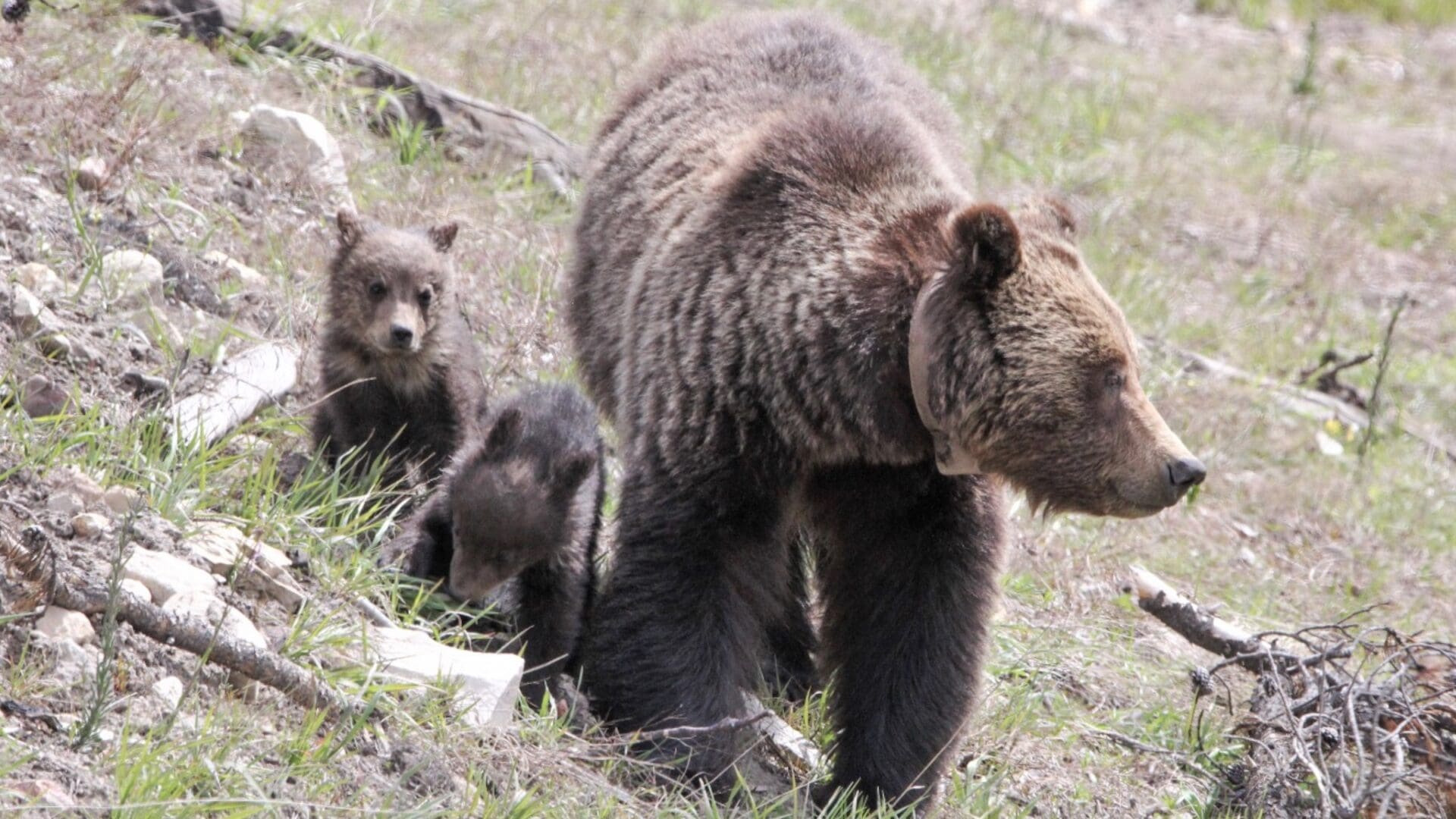If you’ve ever been stuck in a Yellowstone National Park “bear jam”, one of those spontaneous roadside parking lots that forms when a grizzly or black bear wanders into view, you’ve witnessed something economists call a “nonmarket good.” There’s no admission fee for the experience, no ticket to purchase. But that doesn’t mean it’s worthless.
In a collaboration between the U.S. Geological Survey and the National Park Service, economists developed a method to quantify exactly what those wildlife encounters are worth. Using visitor survey data, travel costs, park visitation estimates, and bear population numbers, researchers calculated multiple types of economic value. They measured individual trip value, per-sighting value, aggregate annual value, and the contribution of individual animals to that total.

The Numbers Behind Yellowstone Grizzly Bear Sightings
Based on the study, an individual grizzly bear sighting is worth approximately $16 per visitor, while a black bear sighting is worth about $14. Across Yellowstone’s millions of annual visitors, grizzly bears generate roughly $6.9 million per year in viewing value while black bears contribute approximately $9.7 million annually.
The study calculated that a single grizzly bear contributes about $46,000 annually to viewing value compared with $15,000 for an individual black bear. This number becomes particularly significant when you consider that only a small proportion of bears frequent roadside habitats where most visitors see them.
Why Economic Valuation Matters for Conservation
“In general, goods and services that don’t have market prices tend to be under-valued, potentially even ignored altogether in things like benefit-cost analysis. You might hear about a high-profile wildlife damage incident where an animal caused $X in property damages. That number sticks in your mind. But you often don’t hear anything nearly as specific from the benefits side.” – Aaron Enriquez, Research Economist with USGS
That’s the gap this research fills. Managers now have economically grounded estimates to quantify what society loses when a vehicle strikes a bear or conflicts force its removal, not just ecologically, but economically.
The Full Picture of Bear Value
The study deliberately focuses on just one component of bears’ total value: “use value” from sightings. It doesn’t account for “non-use values” like the benefit people derive from simply knowing bears exist in the wild, even if they never see one. That means the true total economic value of bears is even higher.
For wildlife managers navigating the complex relationship between human and bear populations, these numbers can provide some major context. Bears impose costs through property damage, livestock depredation, and occasional injuries, but the same animals generate immense benefits through viewing opportunities and ecosystem contributions.

Implications for Grizzly Bear Management
The research comes at a critical time for grizzly bear conservation. As debates continue surrounding potential changes to Endangered Species Act protections for grizzlies, managers need tools to evaluate and conduct proper benefit-cost analyses. This study provides exactly that, a way to measure the economic effects of management decisions that change bear populations. For example, 2024 set a record for known and probable grizzly mortalities in the Greater Yellowstone Ecosystem with 77 deaths as reported by the USGS, costing an estimated $3,542,000.
Individual bears generate continuous streams of viewing benefits throughout their lives. When an animal is lost, that entire value stream disappears. With numbers in hand, the case for protecting visible bears becomes not just an emotional or ecological argument, but an economic one too.

